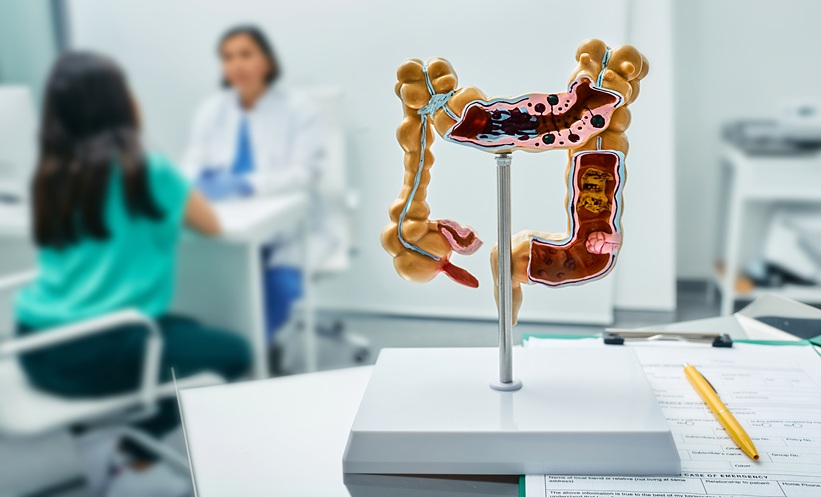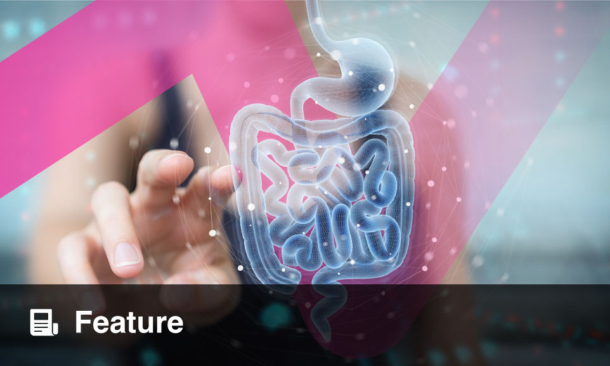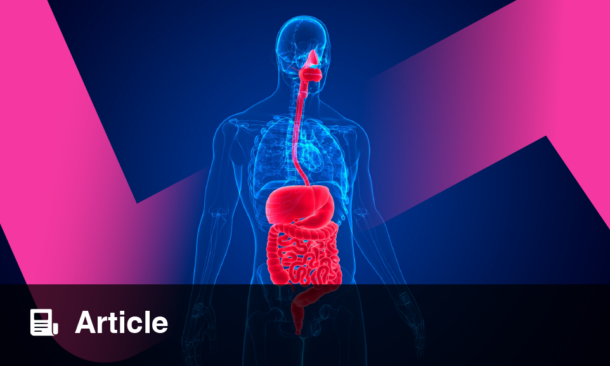A NEW study published has provided strong evidence that faecal calprotectin (FC) measured from ileostomy output is an effective biomarker for monitoring small bowel inflammation in postoperative Crohn’s disease (CD) patients. The findings highlight its potential role in guiding disease management for individuals who have undergone ileostomy surgery.
The retrospective study analysed data from 101 Crohn’s disease patients with an ileostomy, evaluating 224 FC tests conducted between 2015 and 2022. FC levels were measured using both point-of-care testing (POCT) and enzyme-linked immunosorbent assay (ELISA), allowing researchers to compare their diagnostic accuracy with imaging and endoscopic findings.
The results demonstrated a clear distinction between active inflammation and remission, with significantly higher FC levels in patients with small bowel inflammation than in those in remission. The median FC-POCT level was 191.0 µg/g in inflamed patients versus 29.9 µg/g in remission (P < 0.001). Similarly, FC-ELISA values were 252.5 µg/g in inflamed patients compared to 16.8 µg/g in remission (P < 0.001).
To differentiate between inflammation and remission, the study identified optimal cutoff values for both FC-POCT (63.3 µg/g) and FC-ELISA (40.1 µg/g), with high diagnostic accuracy (AUC: 0.90 and 0.89, respectively). Importantly, there was no significant difference in performance between the two testing methods (P = 0.692), indicating that either approach could be used effectively in clinical practice.
These findings reinforce the clinical value of FC as a non-invasive biomarker for detecting small bowel inflammation in postoperative CD patients with an ileostomy, potentially reducing the reliance on more invasive procedures like ileoscopy or imaging scans. The study offers new hope for improving disease monitoring and management in this specific patient group, paving the way for more personalised treatment strategies in Crohn’s disease care.
Aleksandra Zurowska, EMJ
Reference
Park JB et al. Fecal calprotectin from ileostomy output in patients with Crohn’s disease. BMC Gastroenterol. 2025;DOI: 10.1186/s12876-025-03652-1.








